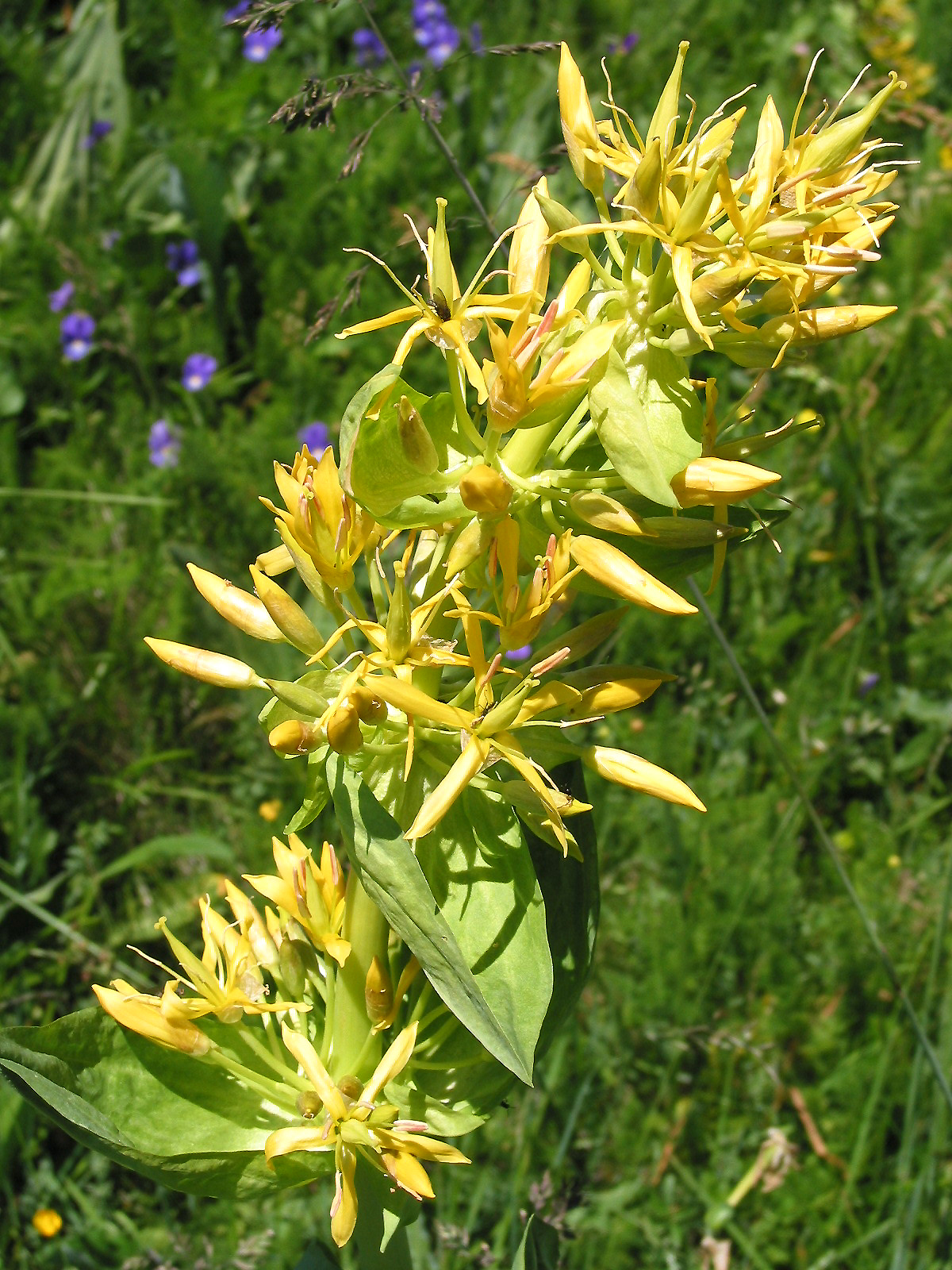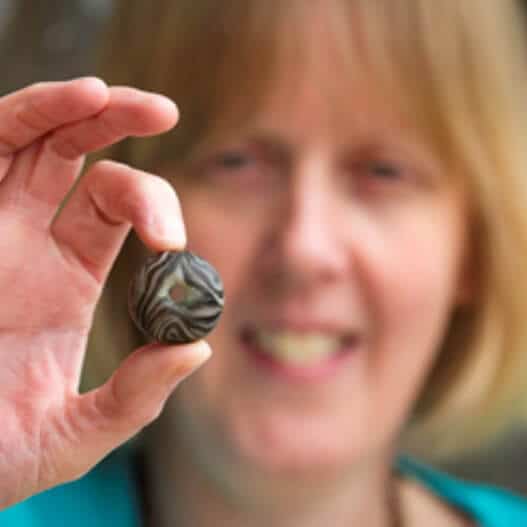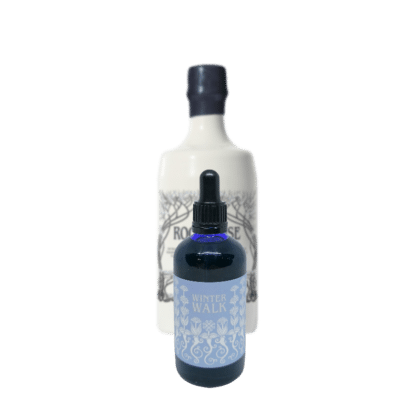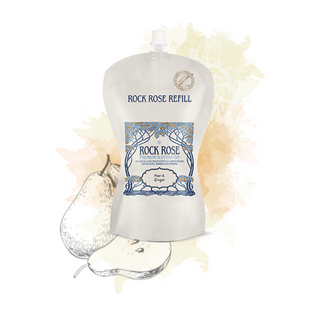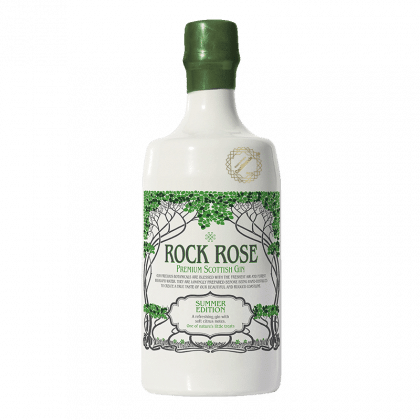Beautiful Botanicals – Gentian (Gentiana lutea L.) which is a bitter herb in a genus of flowering plants belonging to the gentian family (Gentianaceae). There are over 400 distinct species in the gentian family, several of which including Gentiana lutea L. have an exceedingly long history of use in traditional herbal medicine. Gentiana lutea L. is a herbaceous, perennial plant, which grows up to 2 metres high and is native to the mountains of Central and Southern Europe. Unlike other species in the gentian family which have trumpet-shaped flowers that are often an intense deep blue or azure colour, Gentiana lutea L. has yellow flowers hence the common name of the botanical which is Great Yellow Gentian.
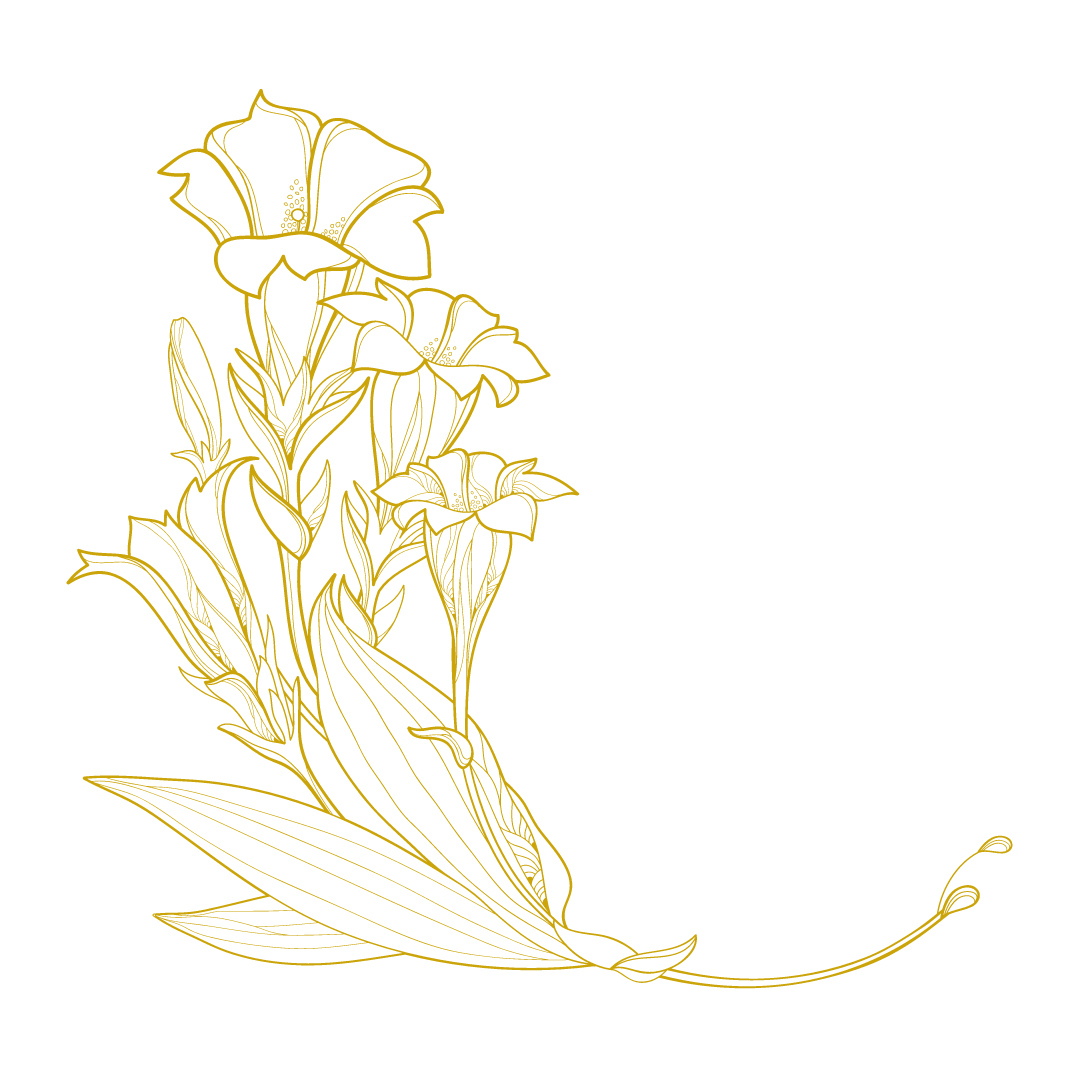
Beautiful Botanicals – Gentian: Named after a king!
The genus of the botanical – Gentiana – is thought to have been named after Gentius an Illyrian king who reigned from 181–168 BC. The Illyrians were a group of Indo-European speaking peoples, who inhabited the Western Balkan Peninsula in ancient times. The Illyrians constituted one of the three main Paleo-Balkan populations, along with the Ancient Greeks and the Thracians. According to legend Gentius was one of the first people to discover that gentian root had medicinal properties and use it to make healing tonics.
A bitter root
The root of Great Yellow Gentian is remarkable for its intense bitterness and because of this bitter taste the botanical is also commonly known as ‘Bitter Root’. For over 3,000 years Great Yellow Gentian has been used to treat a variety of different ailments and diseases. Like other bitter herbs and foods, in the past gentian’s bitter taste was used to aid digestive health since it helps to stimulate bile, increase the appeal of food, and detox the liver, gallbladder, and other organs. In Ancient Greece and Rome gentian root was also used to aid heart health; boost endurance; treat chronic fatigue and weakness; treat indigestion; fight inflammation; treat eczema, gout, hair loss, hepatitis, high blood pressure, jaundice, menstrual pains, migraines, parasites, poor infant growth and development, psoriasis, and sinus infections and support the nervous system. In modern traditional herbal medicine gentian root is still used for many of the botanical’s original ancient applications as well as a treatment for fever; to prevent muscle spasms and applied to the skin in the form of a cream the botanical is used to treat wounds and cancer. In the 1860s, veterinary pharmacopeia lists the root of Great Yellow Gentian as a useful stomachic a historical term for a medicine that serves to tone the stomach, improving its function and increasing appetite.
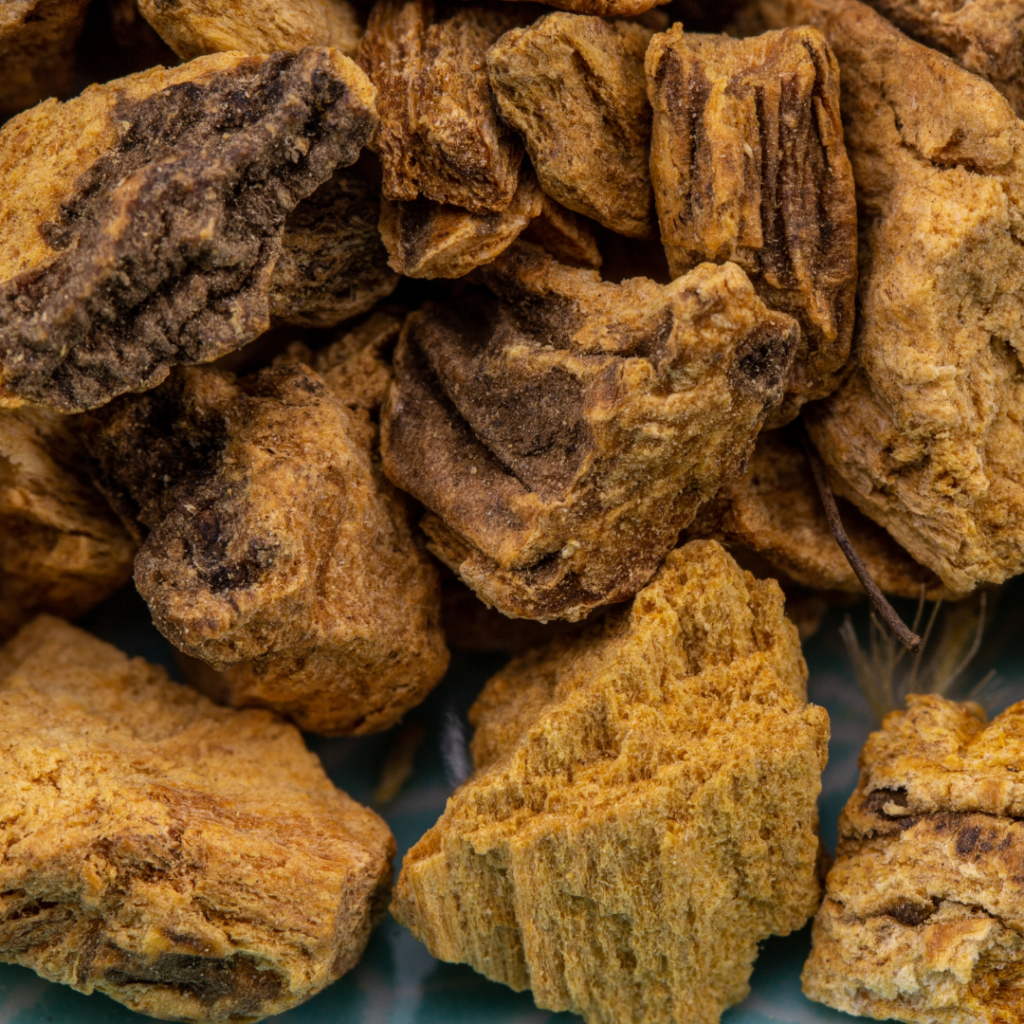
In the 1890s the botanical was also the main ingredient in the manufacture of a strongly flavoured American soft drink called Moxie. Created in Maine, Moxie now owned by Coca-Cola, was patented as a medicine, and first called ‘Moxie Nerve Food’. The drink allegedly contained a secret botanical that could cure all sorts of ailments and medical conditions. Moxie was one of the first products to be fined for false advertising under American food and drug regulations. In the early 1900s, Moxie along with other patent ‘medicines’ had to start telling the truth about the ‘health’ benefits of drinking the beverage or face prosecution and going out of business.
The root of Great Yellow Gentian has long been used in the manufacture of drinks, but rarely to add flavour to food. Before the introduction of hops the brewing industry used Great Yellow Gentian root in the manufacture of beer.
Most cocktail bitters contain Great Yellow Gentian root including Angostura Bitters – a herbal alcoholic preparation based on gentian root, herbs, and spices.
Gentian is used in our Liquid Garnish range.


